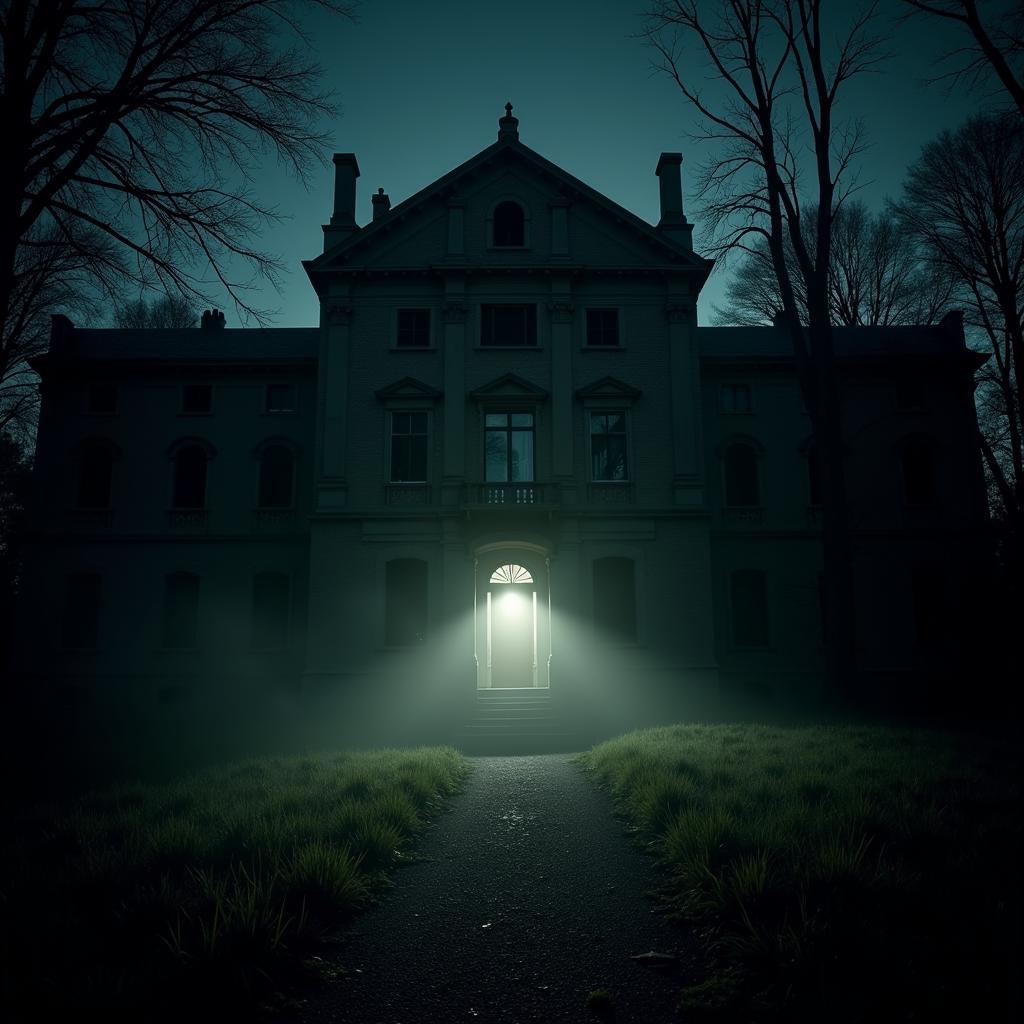The pursuit of understanding the unexplained often leads us down intriguing paths, and few are as compelling as the intersection of the paranormal and Geographical Research. While the two fields may seem worlds apart, the reality is that location plays a crucial role in unraveling the mysteries of the supernatural.
The Where and Why of the Unknown: Mapping Out Paranormal Hotspots
Geographical research in paranormal investigation involves the meticulous examination of locations with reported paranormal activity. It’s not just about pinpointing “haunted houses,” but about identifying patterns, analyzing environmental factors, and understanding how geography might influence paranormal phenomena.
Think of it like this: just as geologists study fault lines to understand earthquakes, paranormal researchers use geographical data to map out areas prone to unexplained events. This can involve anything from analyzing historical records and local folklore to conducting on-site investigations using a variety of scientific instruments.
Digging Deeper: Geographical Factors in Paranormal Investigation
But what exactly are these “geographical factors” and how do they tie into the paranormal? Here are some key areas that researchers explore:
- Geological Features: Some believe that certain geological formations, such as fault lines or underground water sources, can create electromagnetic anomalies that contribute to paranormal activity.
- Historical Significance: Locations with a rich and often tumultuous past, like battlefields or former prisons, are often considered prime candidates for paranormal activity, with the residual energy of past events potentially lingering in these places.
- Environmental Factors: Even seemingly mundane elements like temperature, air pressure, and electromagnetic fields can play a role. For example, fluctuations in electromagnetic fields have been known to cause hallucinations, which could be misconstrued as paranormal experiences.
 An abandoned asylum at night, lit by investigators' flashlights
An abandoned asylum at night, lit by investigators' flashlights
Connecting the Dots: Case Studies and Real-World Examples
The real intrigue of geographical research lies in its application to real-world cases. Take, for instance, the numerous investigations conducted at Gettysburg, Pennsylvania. The site of one of the most significant battles in American history, Gettysburg is also a renowned paranormal hotspot.
“When you’re dealing with a location like Gettysburg, steeped in history and tragedy, it’s impossible to ignore the potential impact on the energy of the place,” says Dr. Emily Carter, a leading researcher in paranormal geography. “Our research involves mapping out areas of reported activity, analyzing historical data, and conducting on-site measurements to better understand the factors at play.”
arid roma biomedical research center active beacon barotrauma
Similarly, researchers have used geographical data to study everything from poltergeist activity in family homes to alleged UFO sightings, looking for geographical patterns or environmental anomalies that could offer clues.
The Quest for Answers: Unveiling the Truth Through Geographical Research
It’s important to remember that while geographical research provides valuable insights, it doesn’t offer easy answers. The field of paranormal investigation is complex, and there’s rarely a single explanation for every unexplained event.
However, by meticulously applying geographical research methodologies, we can start to separate fact from fiction, identify potential triggers for paranormal phenomena, and perhaps even gain a deeper understanding of the hidden forces that shape our world.
FAQs
1. Is geographical research in paranormal investigation scientifically accepted?
While paranormal investigation itself is not considered a mainstream scientific field, geographical research methods can be applied to collect and analyze data related to paranormal claims.
2. What are some common tools used in geographical research for paranormal investigation?
Researchers may use a range of tools, including EMF meters, digital thermometers, cameras, audio recorders, and GPS devices. Additionally, they often rely on historical maps, geological surveys, and local folklore.
3. Can geographical research definitively prove or disprove the existence of ghosts?
Geographical research can provide compelling correlations and potential explanations for paranormal activity. However, it’s unlikely to definitively prove or disprove the existence of ghosts or other paranormal phenomena.
4. How can I learn more about geographical research and its applications in paranormal investigation?
Numerous online resources, books, and documentaries explore this fascinating area of study. You can also find more information and connect with other enthusiasts through Paranormal Research organizations and forums.
Need Help with Your Own Paranormal Research?
Contact us! We offer 24/7 support.
Phone: 0904826292
Email: research@gmail.com
Address: No. 31, Alley 142/7, P. Phú Viên, Bồ Đề, Long Biên, Hà Nội, Việt Nam.